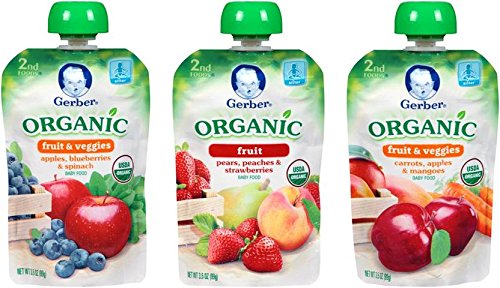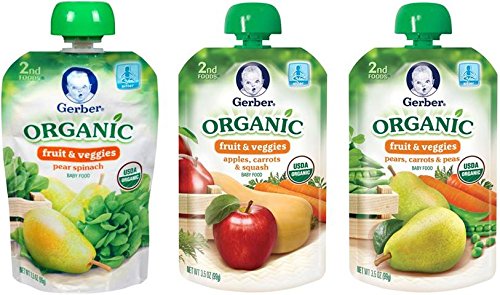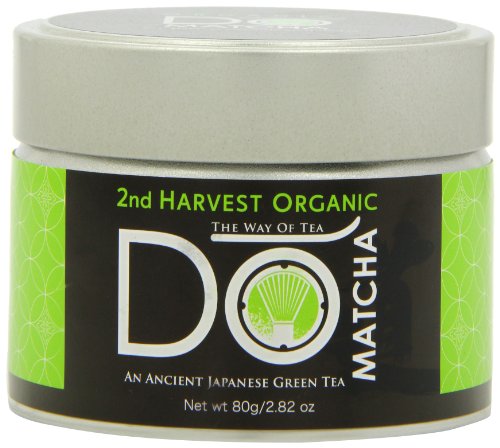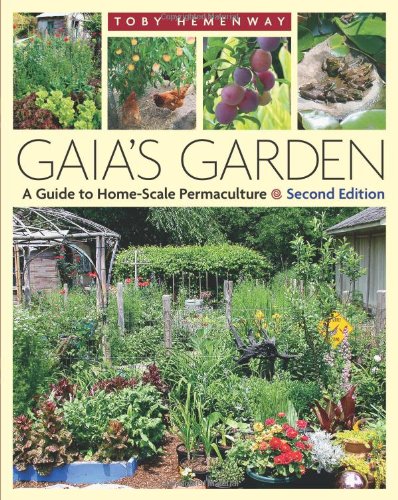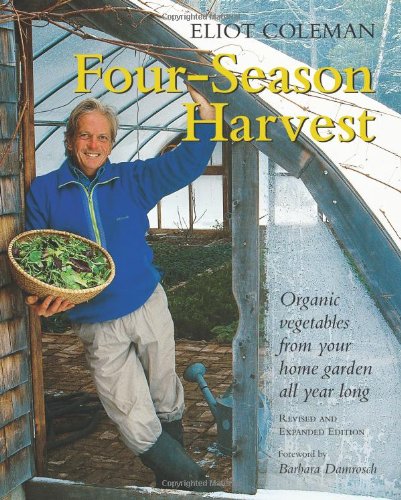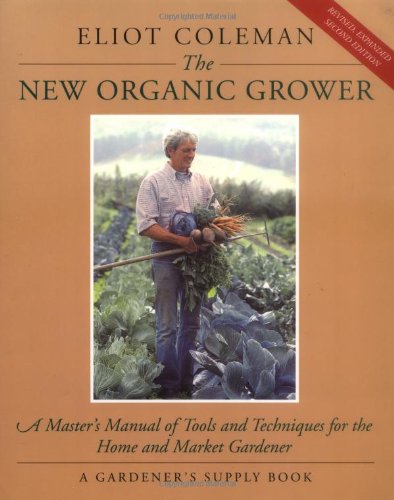The first edition of Gaia’s Garden sparked the imagination of America’s home gardeners, introducing permaculture’s central message: Working with Nature, not against her, results in more beautiful, abundant, and forgiving gardens. This extensively revised and expanded second edition broadens the reach and depth of the permaculture approach for urban and suburban growers. Many people mistakenly think that ecological gardening—which involves growing a wide range of edible and other useful plants—can take place only on a large, multiacre scale. As Hemenway demonstrates, it’s fun and easy to create a “backyard ecosystem” by assembling communities of plants that can work cooperatively and perform a variety of functions, including: Building and maintaining soil fertility and structure Catching and conserving water in the landscape Providing habitat for beneficial insects, birds, and animals Growing an edible “forest” that yields seasonal fruits, nuts, and other foods This revised and updated edition also features a new chapter on urban permaculture, designed especially for people in cities and suburbs who have very limited growing space. Whatever size yard or garden you have to work with, you can apply basic permaculture principles to make it more diverse, more natural, more productive, and more beautiful. Best of all, once it’s established, an ecological garden will reduce or eliminate most of the backbreaking work that’s needed to maintain the typical lawn and garden.
